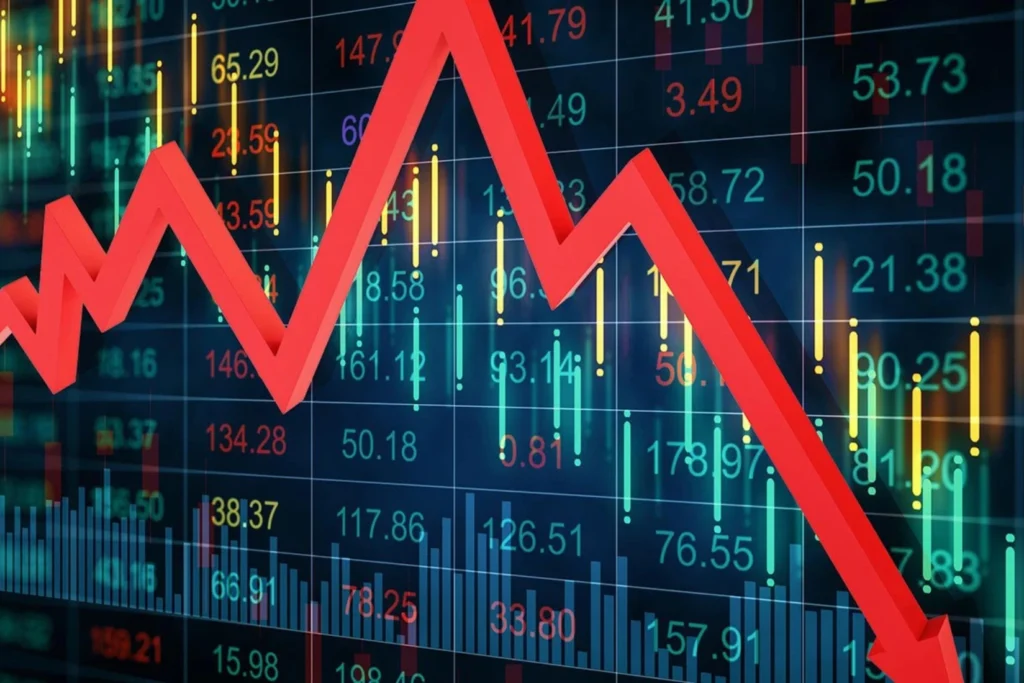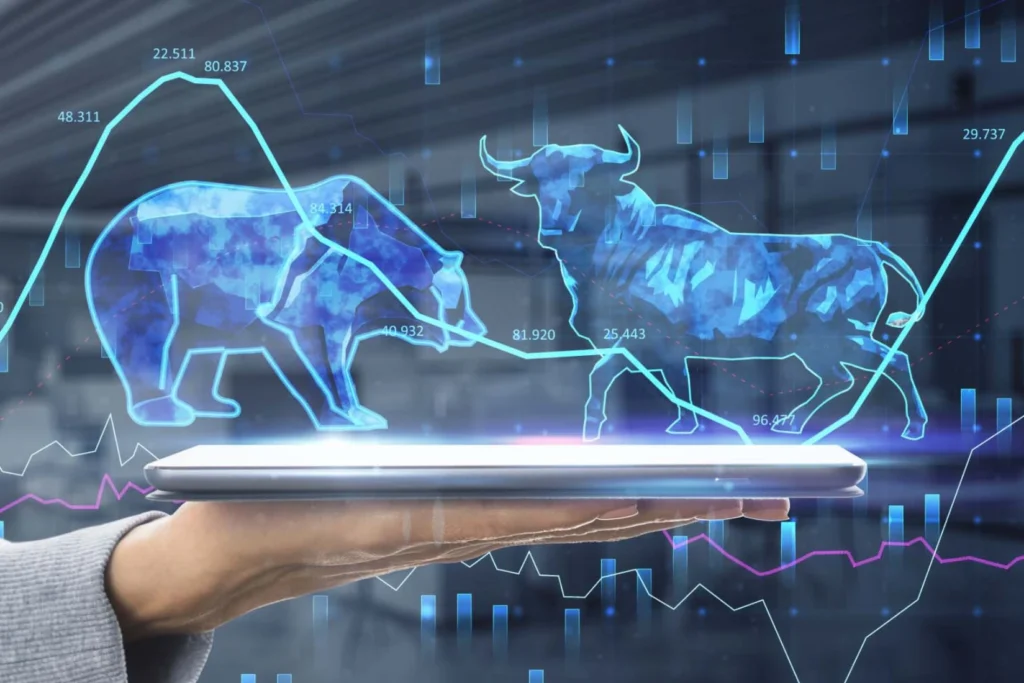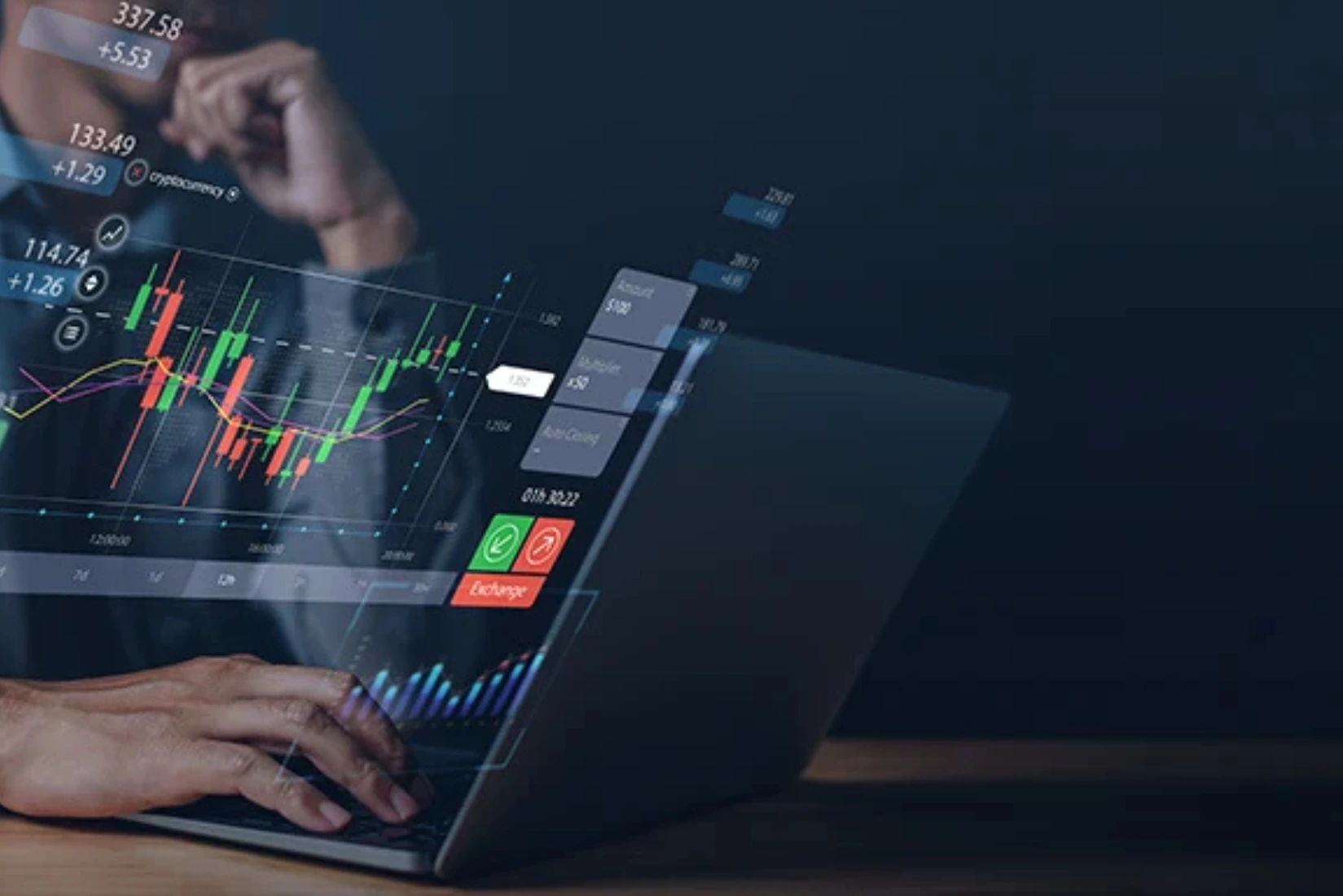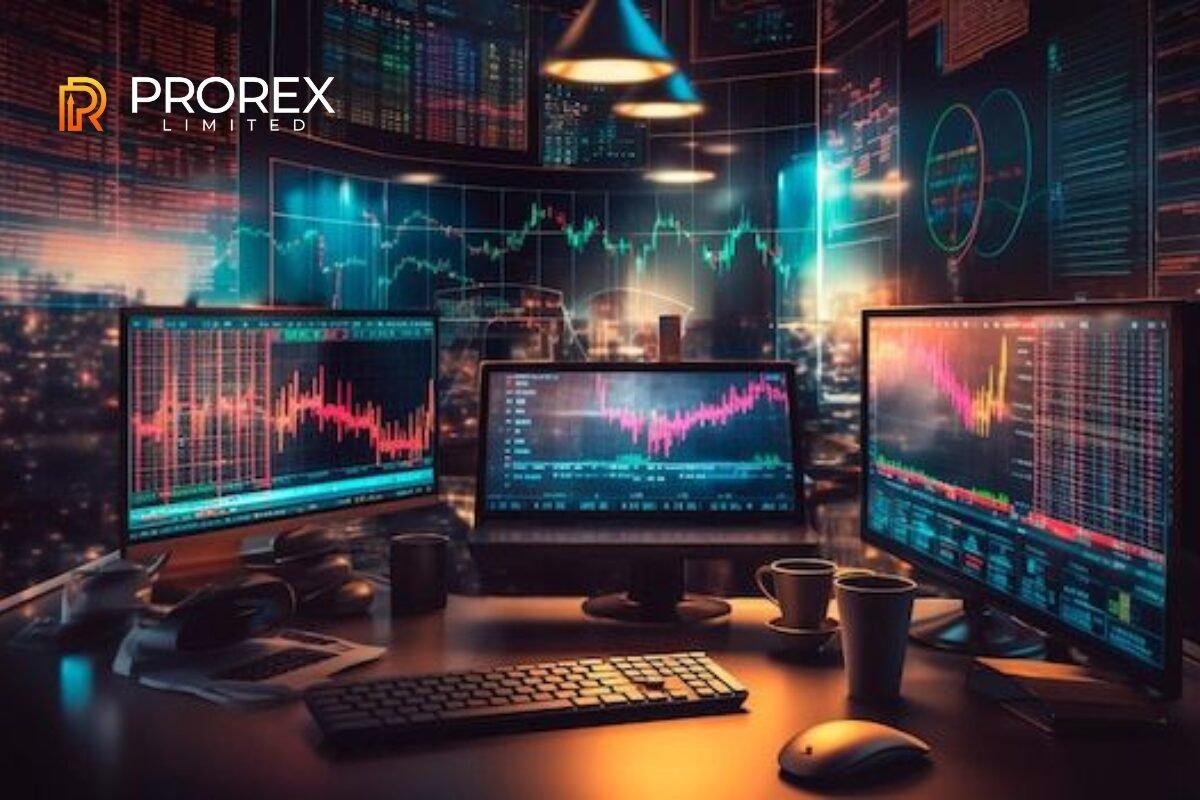So you’re curious about contract trading. You’ve seen the Reddit threads. Maybe you’ve watched a YouTube video or two. The idea is tempting: fast trades, high potential rewards, and the thrill of calling the market just right.
But what if you actually tried it?
Let’s run through a few scenarios—what could go right, what could go horribly wrong, and what you should think about before placing that first contract.


Scenario 1: You Nail Contract Trading on the First Try
You open a demo account on Bybit, watch some tutorials, and enter a trade on Bitcoin with 10x leverage. You think BTC’s about to pop, and guess what? It does. Fast.
In 30 minutes, your $100 becomes $200. You feel like a genius. You start calculating how rich you’d be if you used 100x leverage and a larger position next time.
Feels great, right? But let’s pause there.
What actually happened:
- You traded on a price movement, not on owning the asset.
- Leverage amplified your gains.
- You got lucky—but was it skill or just timing?
What this teaches: Contract trading can reward you quickly—but that same speed cuts both ways.

Scenario 2: The Market Turns… Fast in Contract Trading
Same setup. You’re riding high on confidence. This time, you try Ethereum with 20x leverage. ETH dips just 2%—not a huge move—but because of your leverage, your position is liquidated. Instantly.
Your $200? Gone.
What actually happened:
- A small move against you caused a big loss.
- Leverage magnified the risk.
- You didn’t set a stop-loss (or maybe you did, but the market moved too fast).
What this teaches: The line between profit and loss in contract trading is razor thin.

Scenario 3: You Try to “Win It Back” in Contract Trading
Shaken from your ETH trade, you jump into another one—no research, just instinct. The market’s bouncing around, and you figure you’ll get lucky again.
Three trades later, your balance is lower than ever, and your confidence is shot.
What actually happened:
- You overtraded emotionally.
- You didn’t follow a plan.
- You let losses cloud your judgment.
What this teaches: The biggest danger in contract trading isn’t the platform—it’s your mindset.
Scenario 4: You Play It Smart
You do your homework. You learn about funding rates, position sizing, liquidation points. You set clear limits and use demo mode to build confidence.
You win some trades, lose others—but you stick to your strategy. Over time, you see modest growth and fewer emotional blowups.
What actually happened:
- You respected the complexity of contract trading.
- You managed risk.
- You didn’t treat it like a casino.
What this teaches: Long-term success comes from discipline, not adrenaline.

What If You Never Try It?
That’s totally fine, too. If you prefer a calmer investing style—index funds, dividend stocks, slow and steady gains—you might find contract trading too volatile, too complex, or just too stressful.
And that’s okay. This style isn’t for everyone.
Here’s a good rule of thumb:
- Love fast decisions and controlled risk? Maybe contract trading’s for you.
- Prefer slow growth and sleep at night? Best to skip it.
Platforms You’d Probably Explore If You Did Try It
Let’s say you’re intrigued and want to see what it’s like. You’d probably check out:
- Binance – Huge volume, trusted by millions.
- Bybit – Trader-friendly with lots of tools.
- OKX – Great for perpetual contracts.
- BitMEX – One of the OGs in crypto contract trading.
Most of these platforms offer demo or “paper trading” modes. And yes—you should absolutely start there.
Final What-If: What If You Go In Unprepared?
That’s the nightmare scenario. High leverage, no strategy, chasing losses. It happens all the time. And the results? Messy.
But what if you go in smart? You could gain a powerful tool for your trading arsenal—not a magic money machine, but a high-risk, high-reward tactic that fits into a broader strategy.
Your call. Your risk. Your responsibility.
Just don’t say you weren’t warned.
Relevant Link : 7 Reasons Traders Love Contract Trading—And 3 Reasons It’s Not for Everyone



